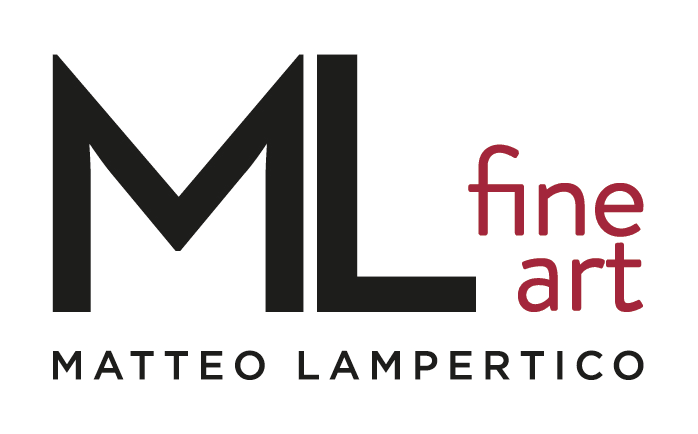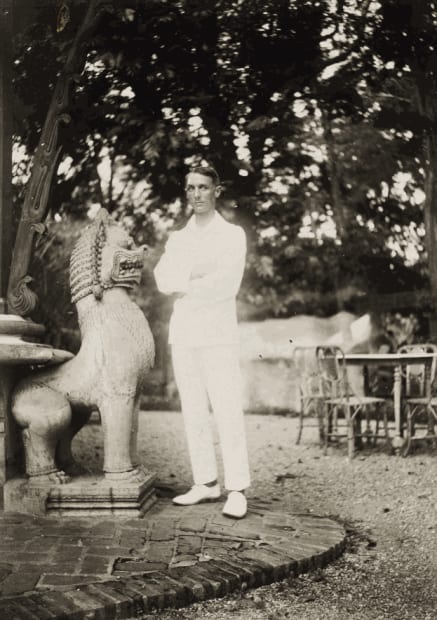Made in 1927, Ci-fût une hirondelle belongs to one of the most creative periods in Max Ernst's oeuvre, characterised by a constant flow of technical experimentation and invention. It was during these years that the artist established his personal mythology, his visual universe of themes and images that would become central to his entire career.
André Breton's Surrealist Manifest (1924) proclaimed 'pure psychic automatism' as the artistic ideal, emphasising the inspiration derived from the random juxtaposition of forms and the fortuitous use of materials. Max Ernst, influenced by Breton's ideas in 1924, developed different art techniques during this period.
" The plaster relief Ci-fût une hirondelle (Here was a swallow) was produced as part of an edition of twelve. In the eleventh issue of the magazine La Révolution surréaliste (The Surrealist revolution), published on 15 March 1928, it was advertised for sale as a “Surrealist edition”. In the still-damp material Ernst printed a predetermined arrangement of curved shapes, creating concave depressions and convex elevations emerged. He then painted each plaster relief individually. He outlines the silhouettes of bodies, beaks, and wings, adding colourful heads to illustrate a family of birds".
- Jürgen Pech






